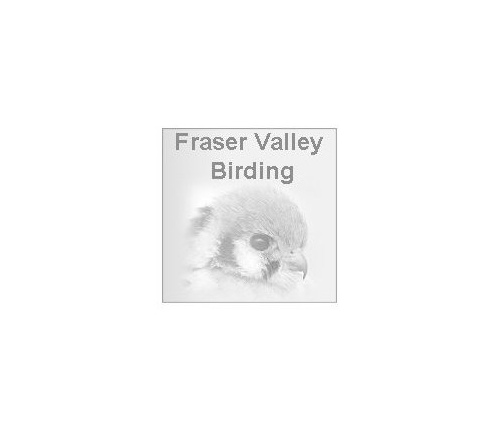|
||||||||||||||
|
|
||||||||||||||
|
Status in the Checklist Area - Rare to Uncommon
|
|||||||||||||||||||||||||||||||||||||||||
|
|
|||||||||||||||||||||||||||||||||||||||||
|
Information |
||||||||||||||||||||||||||||||||||||||||
|
Solitary Sandpipers are usually encountered in the checklist area during fall migration and mainly in the month of August. They breed to the north into Northwest Territories in trees using the abandoned nests of other birds such as robins, jays and waxwings to lay their eggs. This breeding behaviour is unique among North American shorebirds who are typically ground nesters. In the winter, they are found south from Mexico as far as South America. While they are often encountered singly, small loose groups of two, three or more individuals are regular discoveries in good habitats. Habitats include shallow wetlands, wooded swamps and edges of ponds where it feeds on insects, small snails and worms. Solitary Sandpipers are an active sandpiper who raises its wings briefly after landing and frequently bobs its head and tail while landed. Similar species: Best Viewing Sites: Sources: |
|||||||||||||||||||||||||||||||||||||||||
Noteworthy Data |
|||||||||||||||||||||||||||||||||||||||||
|
|||||||||||||||||||||||||||||||||||||||||
Photographs |
|||||||||||||||||||||||||||||||||||||||||
 |
 |
 |
 |
 |
|||||||||||||||||||||||||||||||||||||
 |
 |
 |
|||||||||||||||||||||||||||||||||||||||
| Audio and Video | |||||||||||||||||||||||||||||||||||||||||
| None available | |||||||||||||||||||||||||||||||||||||||||
Back to Species List |
|||||||||||||||||||||||||||||||||||||||||
|
|||||||||||||||||||||||||||||||||||||||||

